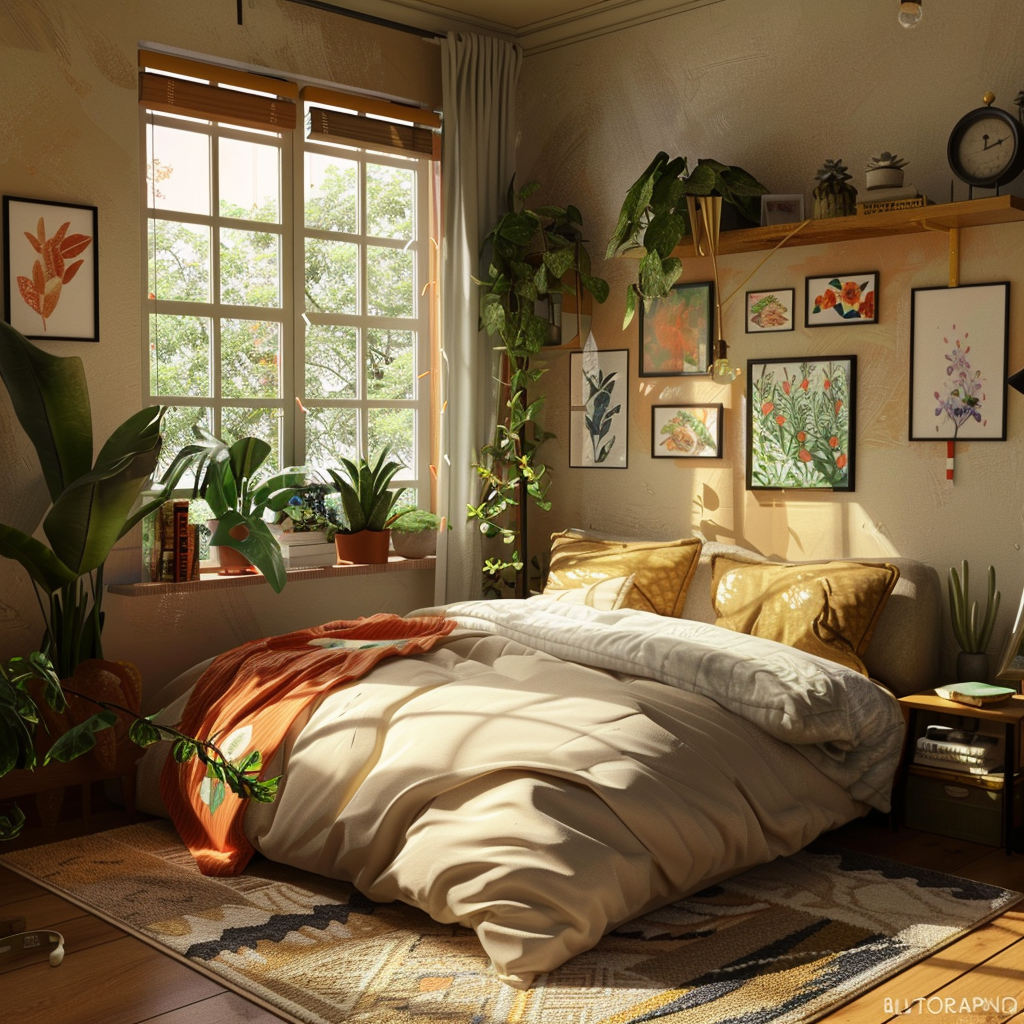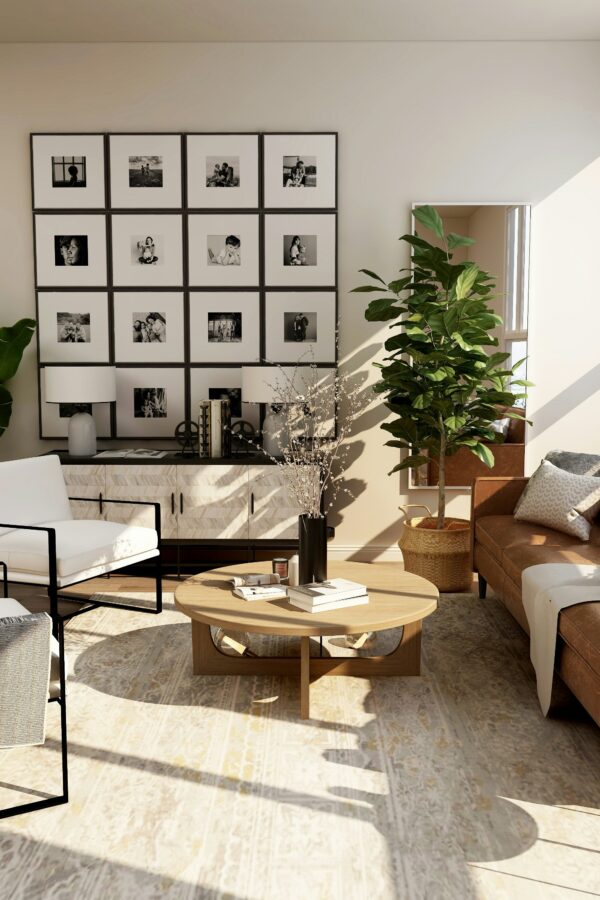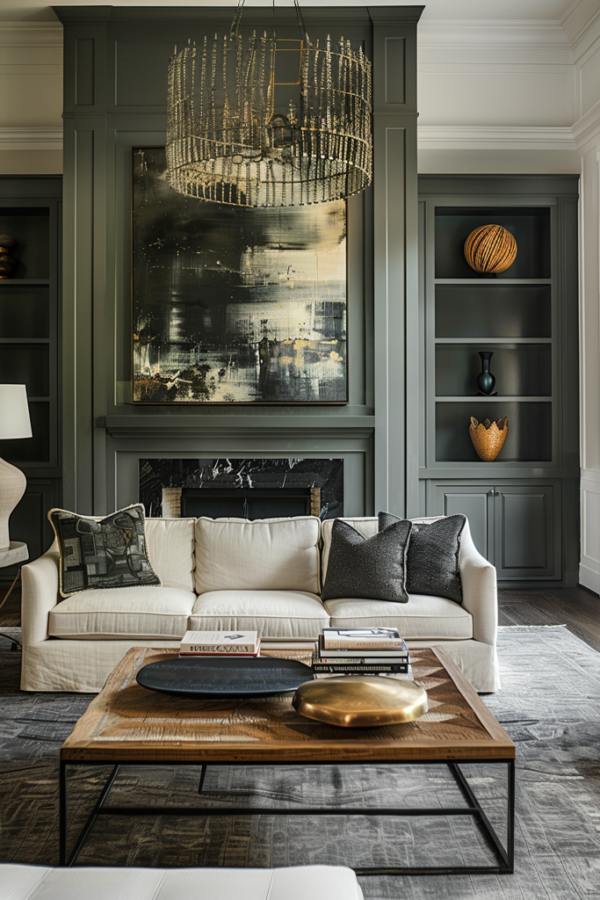
How to make your home more ASMR-friendly
The acoustics of our home
The acoustics of our home are often overlooked but they are one of the major factors that make us feel comfortable in our spaces. I am a great advocate of focusing not only on the visual aspects of interior design but also on how it impacts our other senses. Sound impacts our feelings toward a space. More research is done around the subject to explore why sound is impacting our behavior and well-being.
I have come across the ASMR world lately in the form of YouTube videos that are helping people relax or fall asleep. And this got me thinking, could we make our homes more ASMR-friendly and experience the ‘tingles’ more often? I would certainly love for my home to be more relaxing. I think even if we pick one space, then we could apply some of the same principles of creating a sound immersive experience in our ASMR home we would feel much better in our homes.
How does sound travel through the home?
Flat, vertical surfaces are bouncing back sound and it can feel like some spaces are more echoey. A stone or wood floor will absorb or bounce back sound differently. In general, sound is made up of waves that are absorbed, transmitted, or reflected.
I will be looking to improve the sound quality in my home by exploring budget-friendly solutions. I am exploring various ideas from practical interior design tips and tricks on how to achieve a relaxing ASMR home.
Textiles and Materials
Every surface has acoustic properties it will either transmit, absorb, or reflect sound. Let’s look at the most sound-absorbing fabrics you can incorporate into your home in your furniture, accessories, window treatments, or rugs and carpets.
-
- Velvet is recommended for use in window treatments as it has excellent sound-absorbing qualities.
-
- Wool rug not only will provide warmth and comfort for your feet but also will mute the sound that would otherwise bounce back from the bare floor. Wool is a durable material and many products are available on the market made with wool.
-
- Hessian Fabric
-
- Velour Fabric
-
- Cotton Duck Fabric
-
- Muslin
Furniture
An empty room is echoey. The moment we start putting furniture, the sound changes and the echo disappears. As we are thinking that only soft materials will improve sound travel, the hard surface pieces also play a key part in breaking up the sound waves. Creating a furniture layout that will utilize the whole space can massively improve the acoustics of the room. It is important to fill in the space with furniture but not overcrowd it. A big piece of furniture like a sofa for example is acting as a sound breaker and absorber.
Plants for sound
Pants improve the air quality in your home, they add a sense of calm and niceness to a room. Plants are overall a great tool to add life to a space. They are also great at reducing noise through sound absorption. Leaves have great sound-absorbing qualities and that’s why being in nature has such a calming effect on us. Plants that are thicker and bigger will absorb more sound.
Bookshelves with books
The ‘wealth bookshelf’ trend may not only be aesthetically pleasing but also create a natural sound absorption between you and the neighboring room. The wall of books breaks the sound waves and reduces noise. You can also try placing an acoustic panel as a backdrop of a shelf to add to the absorption.
Soundproofing
I was living in a duplex studio next to a pub. The bedroom was on a mezzanine, and the roof had no soundproofing. You can only imagine the late nights in the pub garden and the lack of sleep I was getting. How this situation could be improved? By installing either acoustic panels or cork panels. That would absorb the outside noise and weaken the sound coming into the room.
A good solution for rooms in the converted roofs is also either Glass Mineral Wool or AbsorberTM Acoustic Cotton installed as insulation.
ASMR home-friendly ideas
So now that we have reduced the unwanted noise in our home, how can we add some ‘ASMR home ’ sounds?
- Fireplace – The crackling sound of a fireplace is a very popular winter ASMR sound
- Candles with a wooden wick – the wooden wick gives a crackling sound, it’s like a mini fire and can be used all year round
- Magazines – flicking through some magazines on a cozy sofa is one of the most tingling ASMR experiences you can have in a home
Interior designers are growing their awareness of the impacts of acoustics in architectural and interior design. Newly built homes are being held to acoustic standards where a flat of a home needs to achieve before it’s considered liveable. We can hear more and more about terms like “aural architecture”, “Soundscape” or “acoustic architecture”. We can apply some of these principles to our own homes to improve the sensory experience.
“
You can walk into a room blindfolded and you can probably hear if there’s a carpet on the floor without stepping on it,” says Barry Blesser, a former electrical engineer at the Massachusetts Institute of Technology, who coined the term aural architecture. “We can hear all kinds of things. We just don’t pay attention.” (BBC article)
That illustrates how much of our experience is on a subconscious level, and maybe the solution is to improve the acoustic properties of your home to achieve a tranquil feeling of peace. So I invite you to listen and try some of the solutions above to improve your home’s ASMR.


You May Also Like

7 Design tips from Selling Sunset: How to Achieve Luxury in Your Home
January 21, 2024
Repetition Will Add Cohesion to Your Home
April 22, 2024